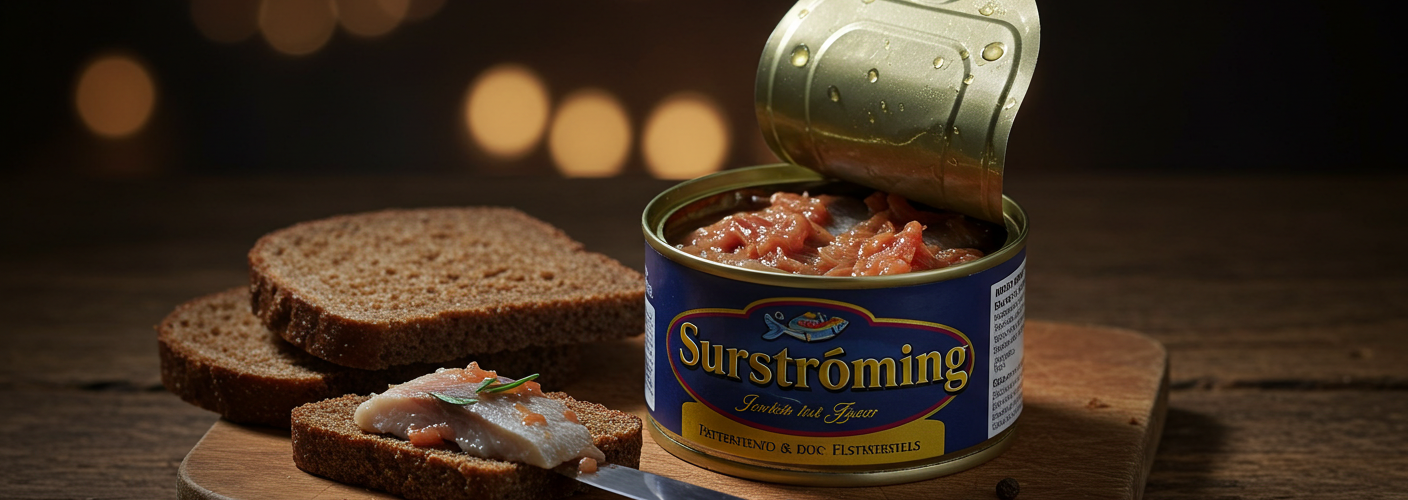Surströmming, the notorious fermented herring originating from Sweden, has gained both infamy and admiration around the globe. With a history steeped in tradition, this unique culinary experience dares tastebuds to venture where few dare to tread. Whether you’re an adventurous eater or simply intrigued by regional delicacies, surströmming invites you to explore a dish that embodies the essence of Swedish culture.
What Is Surströmming?
Surströmming is made from Baltic herring, which is caught in the spring and fermented in barrels. The process involves a particular method called “fermentation”, where the fish is preserved using its natural enzymes and bacteria. This process can take several months, resulting in a dish that is notorious for its distinctive odor and taste. When opened, a can of surströmming releases a pungent aroma that has been described as “intensely fishy” — an experience that is often challenging for first-timers.
A Taste of Tradition
The origins of surströmming date back to the 16th century, primarily when Swedish fishermen used fermentation as a method to preserve their catch during long journeys. The dish is a testament to ingenuity in utilizing available resources for sustenance. Today, it is celebrated every August on “Surströmmingspremiär,” a day dedicated to the opening of the new herring catch. This event has evolved into a cultural phenomenon, complete with festivals, gatherings, and traditional recipes that highlight the unique flavors of surströmming.
How to Enjoy Surströmming
For those brave enough to try surströmming, preparation is key. Serving it involves pairing with flatbreads or crispbreads, along with accompaniments such as thinly sliced onions, boiled potatoes, sour cream, and sometimes even beer. The mild and creamy elements help balance the strong flavors of the fermented fish, making it a surprisingly harmonious dish when prepared correctly.
One popular way to enjoy surströmming is in a traditional Swedish dish called “surströmmingsskiva” — a culinary gathering where friends and family come together to sample the herring. This feast typically includes colorful toppings and beverages, creating a festive atmosphere where the significant smell becomes part of the experience.
The Controversy Surrounding Surströmming
Surströmming’s strong aroma has drawn mixed reactions. For some, the smell is overwhelming and unappealing, while others find it absolutely delectable. In fact, its powerful odor has sparked controversies, even leading to bans on airplanes and in some locations due to complaints about the scent. Supporters argue that surströmming is not merely about the taste but also about the connection and communal spirit it brings while celebrating Swedish heritage.
Conclusion
Surströmming represents more than just fermented herring; it is a symbol of endurance and cultural identity. While it may not be for everyone, the dish fosters an adventurous spirit among those willing to explore the world of bold flavors and unique culinary traditions. Whether you sit down to your first plate with excitement or trepidation, surströmming promises to be an experience that you won’t soon forget. With every bite, you partake in centuries of history, craftsmanship, and a culinary journey that challenges the norms of flavor and food preservation.




Add comment